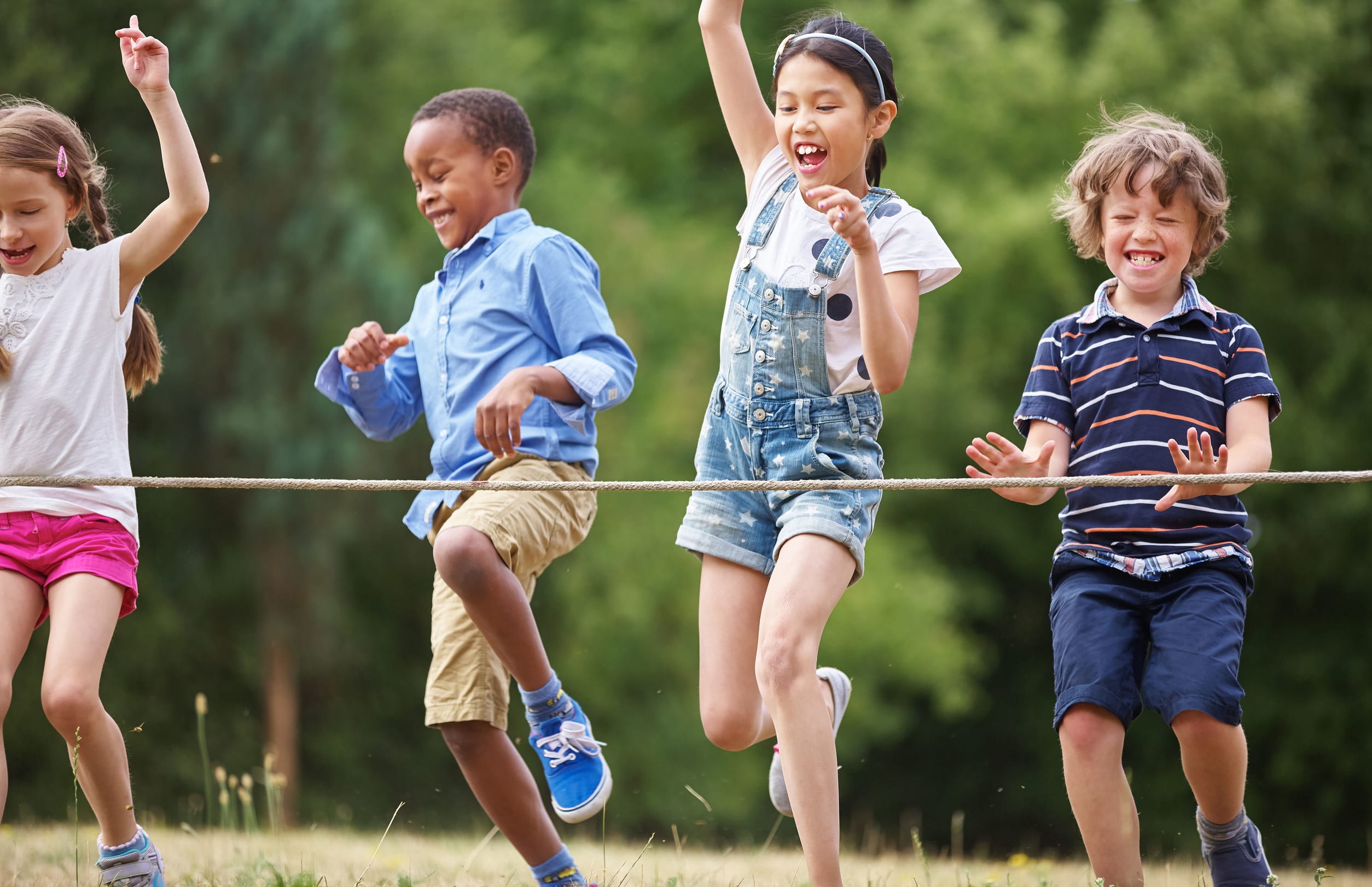It's the school holidays so the perfect time to get the kids outdoors and exercising.
Professor Thor Besier, from the Auckland Bioengineering Institute, says it is important to get kids running and jumping to build bone and muscle density while they’re young.

Photo: stylephotographs/123RF
Skeletal tissues, including bones and cartilage, have been adapted to experience forces and load, he says
"Those mechanical forces regulate the tissue and that is really important when we think about the health of the tissue.
"What we need to be doing is providing those mechanical forces that the tissues are used to or want to experience.
"So, getting up and jumping around, doing some skipping, jogging to the shop to pick up your milk maybe instead of just a little stroll, and all those things have an impact on bone health."
While it's important for all ages, it's shown to be even more so crucial during growth and development stages, he says.
"It's in those formative years, before the bone skeleton has actually matured, where we know the mechanical forces have the biggest influence, and there's been some interesting studies to show this."
A study looking at baseball pitchers via medical imaging compared the throwing arm to the non-throwing arm and found dramatic changes in size, shape and density of the bones, he says.
"But what's interesting about these studies is they've looked at these players longer term and if you do this kind of exercise in sport in growth and development, the strength of the bone is maintained right through until say you're 70 years of age."
The devil is in the detail, because there's certain types of exercise that are key to bone health, he says.
"It turns out that elite cyclists are actually at risk of having osteoporosis or poor bone health, and that's because they don't experience impact loads during their everyday exercise.
"The simple act of walking, you get more than a body weight of impact load with every step you take, and that impact load is really what the bones like to experience."
Although, doing a short, sharp, intense exercises would give more impact than a long slow walk, he says.
"The body regulates itself to a point where once it experiences enough load it says, well that's fine, you can keep loading if you want but I'm not going to keep changing and adapting. So, there's kind of a threshold if you like, above which the body says that's enough."
Bouncing on a trampoline is also a good idea for children, he says, although they won't get the same impact load as jumping on a hard surface.

